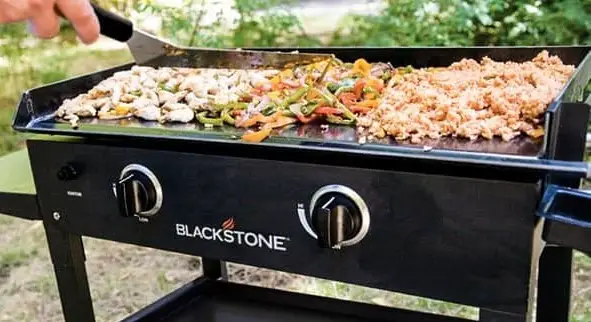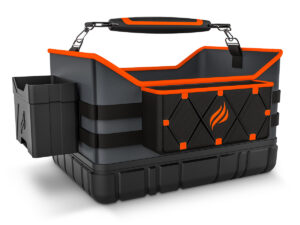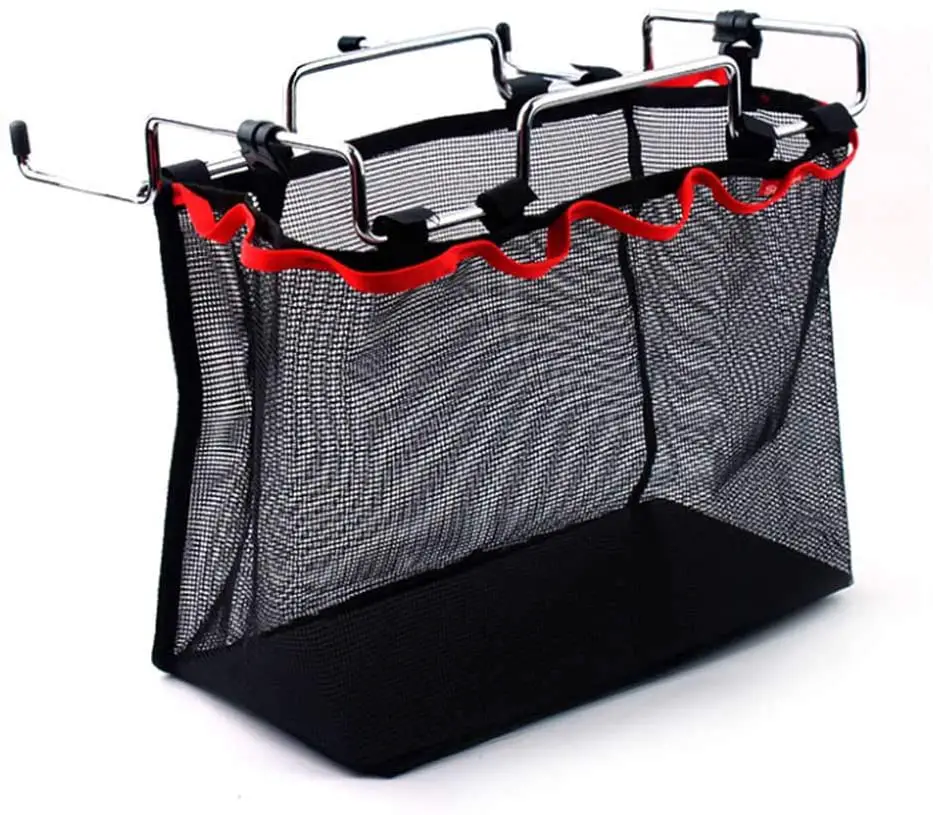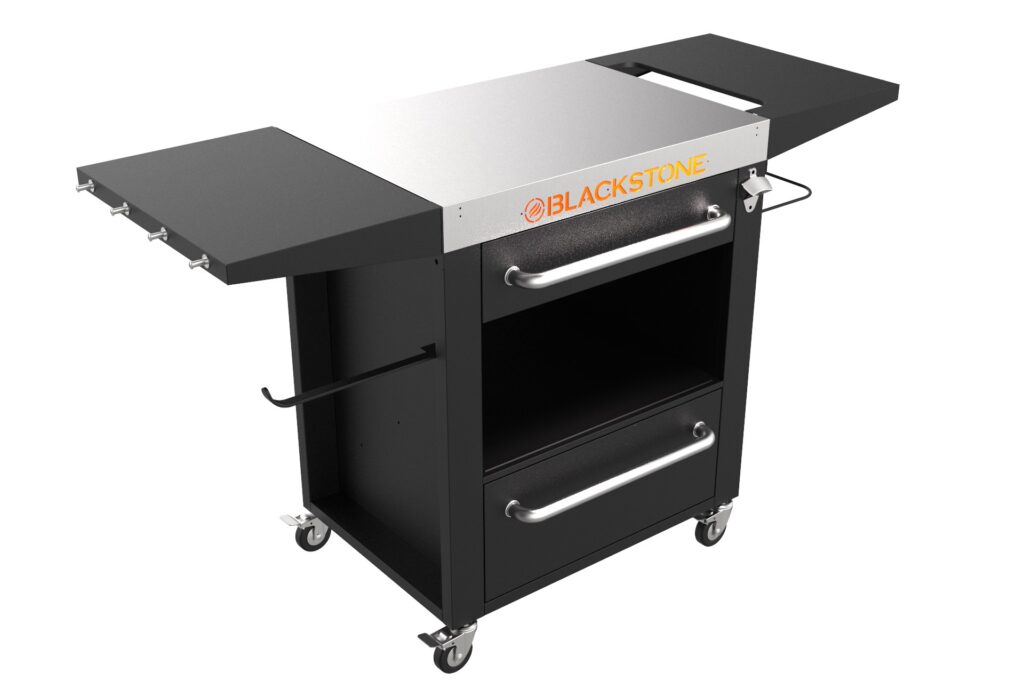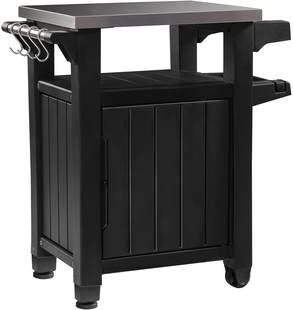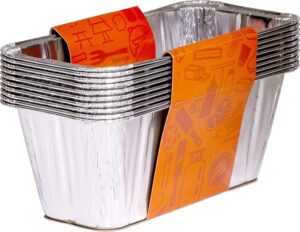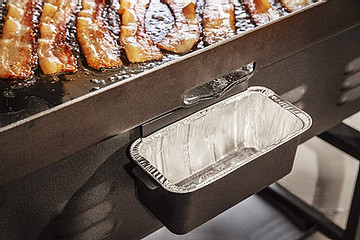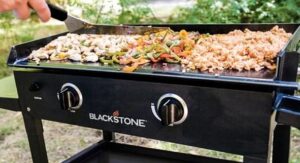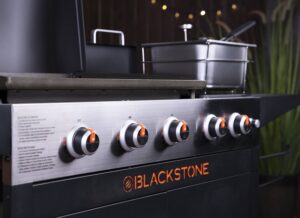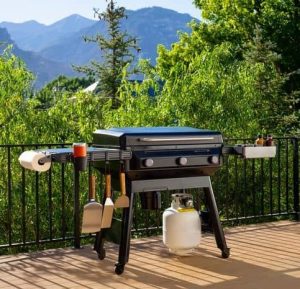If you own a Blackstone griddle or other flat top gas grill, you love what you can do with it. It allows you to whip up massive meals that are absolutely delicious. It’s a passionate group of people, and one thing we love to do is share all of our best tips and tricks.
If you’re curious about ways to make your griddle cooking experience even better, keep reading as we cover 10 helpful gas griddle tips & tricks.
Griddle Tips
1. Use a Griddle Caddy or Griddle Prep Cart
When cooking on your flat top grill, there’s a good chance you’ll be using a large number of different tools and accessories to get the job done. Spatulas, squirt bottles, paper towels, cooking oil, infrared thermometer, and a scraper, to name a few. To save time and stay organized, it’s a great idea to use a caddy or storage cart to store everything you need.
Rather than making multiple trips bringing tools out to the griddle and back, take advantage of a portable caddy or store everything by the griddle in a cart.
Blackstone has a great caddy that I use, and they also offer a prep and serve cart. The carts are helpful because they can hold a lot and give you a great workspace for any food prep or serving trays. Keeping all the tools you need in one place and makes your griddle cooking experience much easier.
Also, you may have noticed the shelves on your griddle can get very hot so often you can’t even leave items on them while cooking. A prep cart alleviates this issue giving you a large surface for food, tools and accessories without having to worry about anything melting.
2. Disposable Drip Pans
When cooking on a griddle, there’s going to be excess food and grease to be disposed of, which is why they all have a grease trap. Grease and leftover food is messy, so why not make the disposal quick and easy?
Rather than cleaning out the mess from the metal trap, use a foil drip pan or make one yourself using regular old aluminum foil. This makes cleanup as simple as lifting out the drip pan and tossing it in the trash.
Replace it with a new one, and you’re good to go again in just minutes. Blackstone sells drip trays, but other vendors sell compatible trays as well.
If you want to save a few bucks, use a sheet of aluminum foil to line the drip tray, but the trays aren’t too expensive, fortunately. Using a liner definitely beats having to clean all the grease and food out of the drip tray.
3. Open the Propane Tank Slowly
One somewhat common complaint is that the flame of one or more burners isn’t powerful. Several things could be causing this, but sometimes it’s as simple as how you open the propane tank.
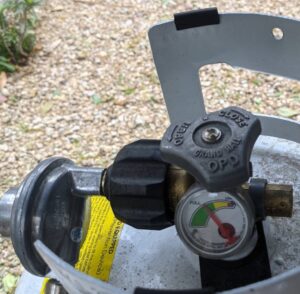
A best practice is to open the propane tank valve very slowly. Opening the valve too quickly can mess up the regulator resulting in low or uneven flames, even with a full propane tank. By doing this each time, you’ll help to avoid this issue and get the strong, consistent blue flame you want.
If you’re still having issues, it may be necessary to disconnect the regulator from the tank and reconnect it. This typically helps resolve the issue. If there are still issues with the flame, you may have a bad regulator that needs replacing.
4. Prop Up Your Softcover
Maintaining your flat top grill is important and avoiding moisture is a big part of that. It’s recommended that you use both a hardcover and a softcover on your griddle to protect it from the elements. If the cooktop isn’t protected, rust can form, and you’ll need to go through the process of removing it and re-seasoning your griddle.
The griddle is flat, so even with a cover, and rainwater can collect on top. A great way to prevent this is by putting something between the cooktop (or hardcover if using one) and the softcover to prop it up. This will make it so any water will drain off to the side rather than pooling on top.
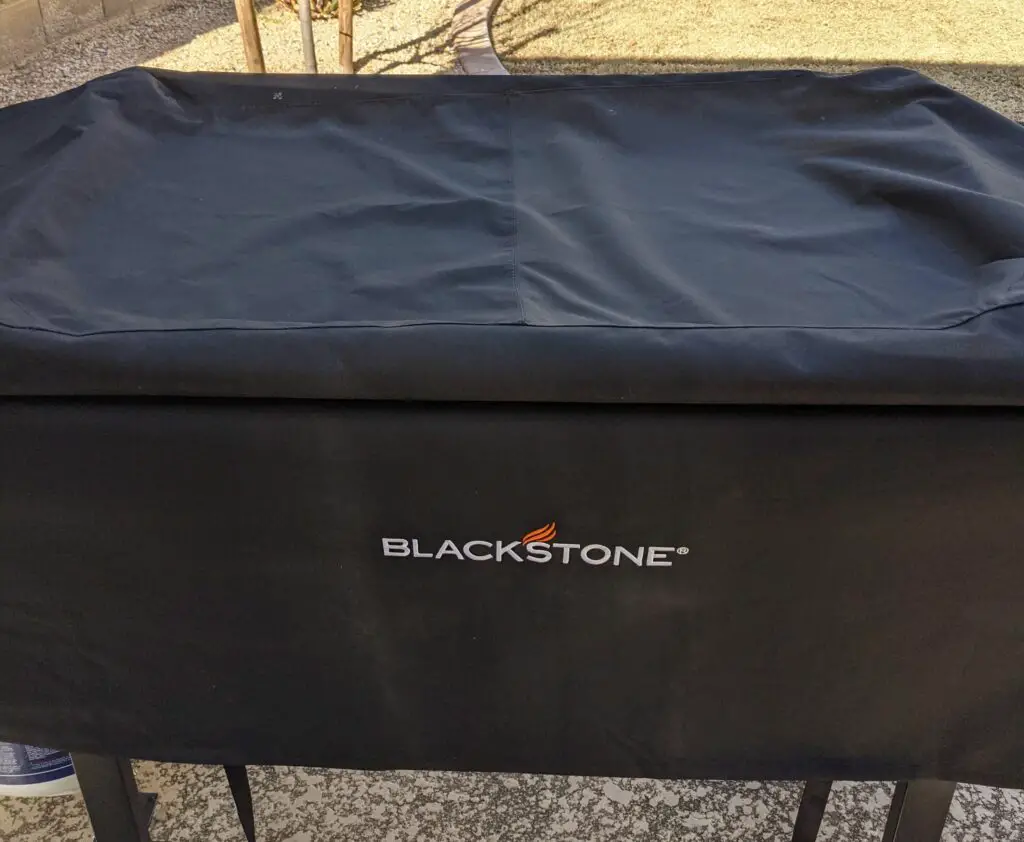
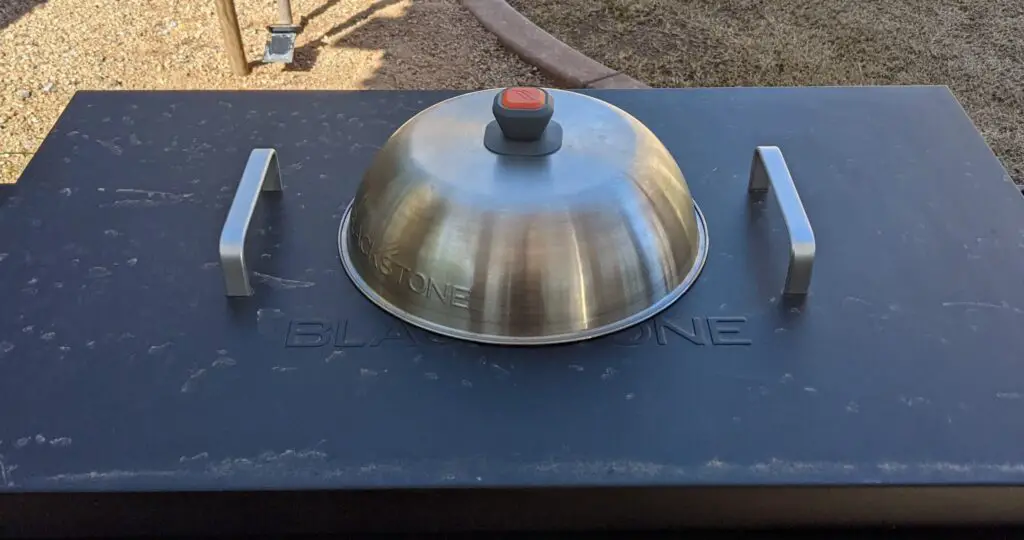
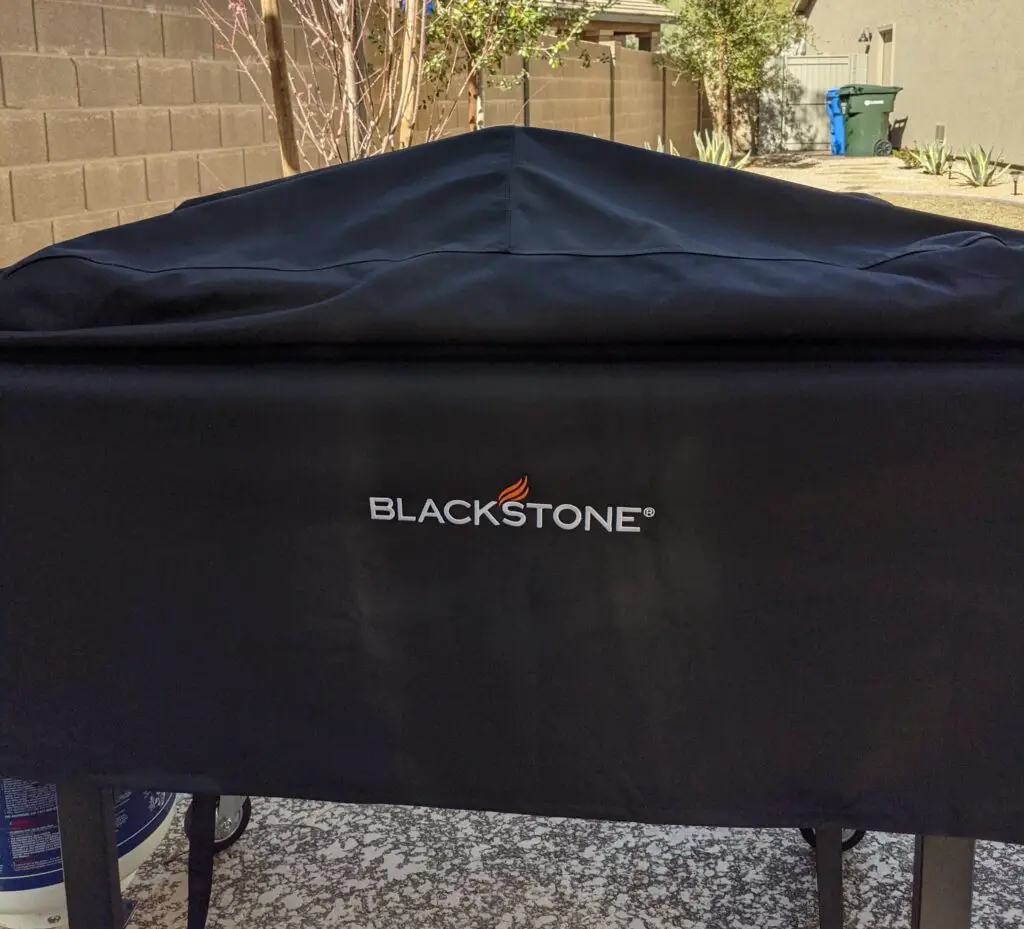
As you can see, a basting dome works well, but anything you have that can prop up the softcover will be perfect. This simple action can help keep moisture from reaching the cooktop and avoid the negative effects that come from it.
If you keep your griddle under a covered area between cooks, then you won’t need to worry about this. If your griddle is exposed to the elements, this is a great way to help protect the cooktop.
5. Use Spray Oil for Quick and Easy Oil Application
When cooking on your griddle, you’ll regularly be applying some fat or cooking oil to the cooktop. Squirt bottles are great for this, but a quicker and easier way to do this is with an oil spray bottle.
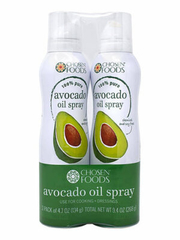
These allow you to apply a thin coating of oil to the griddle quickly, and there’s no need to clean out a squirt bottle when you’re done. Pop the cap back on, and you’re all set. The squirt bottle is still great for putting water or sauces in, but a spray oil bottle is a quick and easy way to coat the cooktop or any foods you’re cooking.
Almost every type of oil is available in a spray bottle now, so no matter what your cooking oil of choice is, one should be available.
6. Use Water!
Water is beneficial when using a griddle, but not everyone takes advantage of everything it can do. Water should be used for loosening stuck-on food, cleaning remaining residue, and steaming things like vegetables.
If you’re scraping off food with your scraper and some are really stuck on there, apply some water to the area as the resulting steam will help loosen it. Now it should come off more easily when using your scraper.
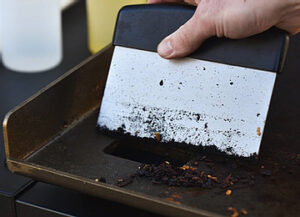
Once you’ve cleaned all the food off with your scraper, there may still a brown/black residue on the cooktop remaining. Using water and wiping the griddle with paper towels will help take that off of the cooktop and get it really clean before applying your post-cook oil coating.
Last but not least, water is great for steaming food on your flat top grill. For example, if you prefer steamed veggies, you can do so with some water and a basting cover.
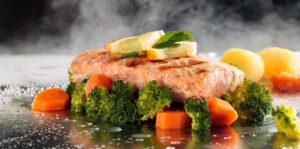
Place the food you’re looking to steam on the cooktop, then squirt some water on it and place the basting cover over it. The heat will evaporate the water, and the basting cover will keep it trapped and steaming your food.
7. Prep Everything Ahead of Time
It’s best practice to have everything ready to go before you start cooking. When cooking on a griddle, you’ll need many tools and frequently cook a large variety of food.
One great thing about a gas griddle is that it cooks things pretty quick, but this doesn’t leave you time to run inside or be chopping something while the food is cooking.
Before you throw the first piece of food on your griddle, make sure you have every tool you’ll be using on hand and within arm’s reach. It’s also important you have any food you’ll be cooking ready to be added to the griddle.
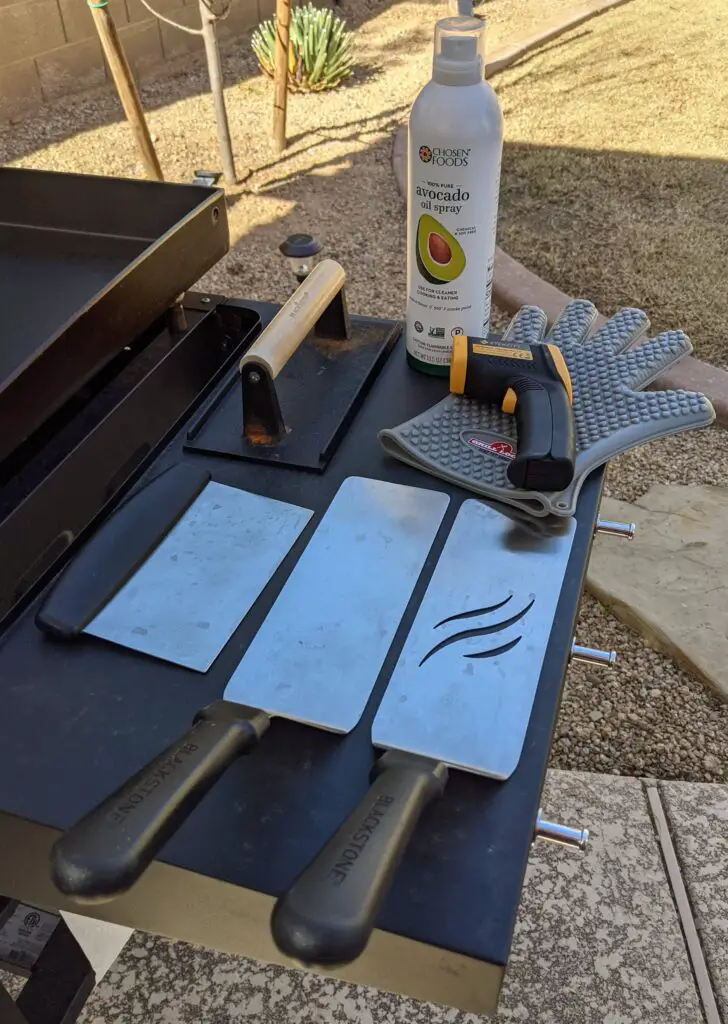
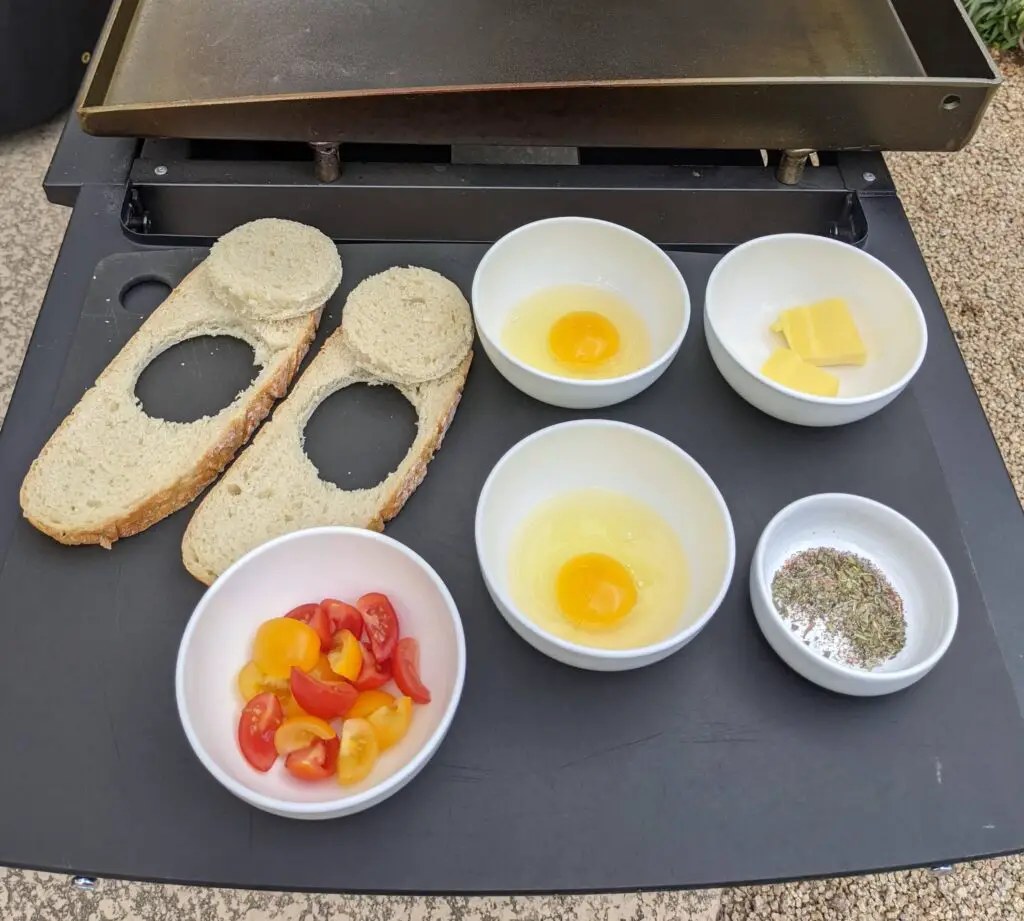
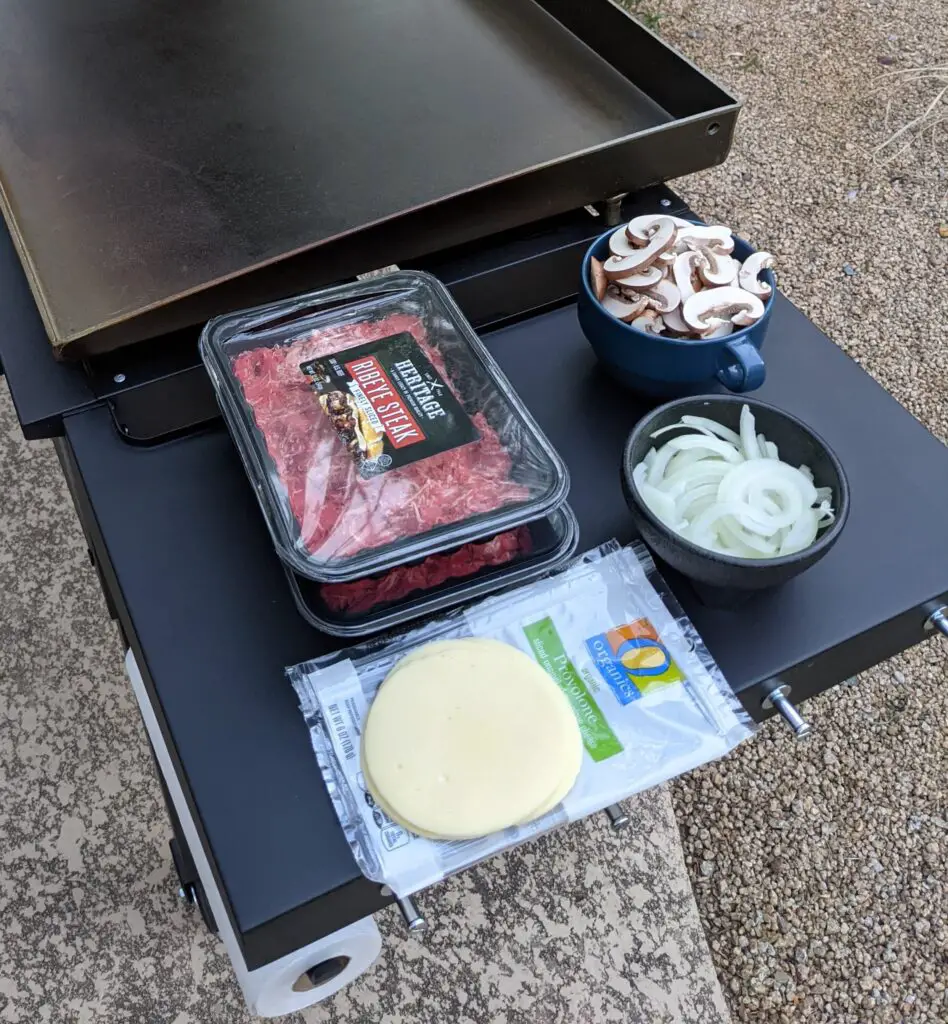
You’ll also want to have all your food prepped as well and ready to go. Any food that needs to be chopped or measured into the proper portion should be done in advance, so when you start cooking, that’s all you have to focus on.
Not only will this make things easier, but it’ll also allow you to give all your attention to cooking which yields better dishes. Don’t allow something to overcook because you’re busy grabbing something from in the house or prepping some food.
8. Cover the Griddle Cooktop with Wax Paper or Parchment Paper Between Cooks
One way to provide additional protection to your griddle cooktop is to cover it with either wax paper or parchment paper. This provides an extra layer of protection and will help keep moisture out (which can cause rust) and bugs or other critters like mice.
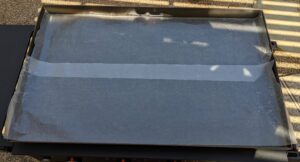
Follow your normal process after cooking of properly cleaning the cooktop and applying a very thin layer of oil. Allow the griddle to cool off completely, and then you can put a sheet of wax paper or parchment paper directly on the griddle top. Cover the griddle as usual with a hard and/or soft cover.
9. Cook at Low to Medium Temperature the Majority of the Time
Griddles have the ability to cook at lower temperatures but can also reach over 500 degrees. Many people tend to cook at too high of a heat, which can impact the food quality and result in more food getting stuck on the cooktop.
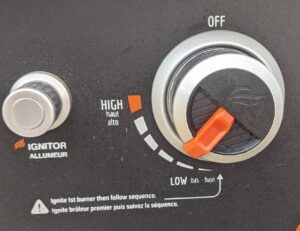
Most foods have an ideal cooking temperature between 300 and 400 degrees. Some foods and tasks are better at high temperatures, but most of the time, you want to be cooking at low to medium temperatures. If you’re searing a steak, sure crank it up. If you’re cooking things like eggs, pancakes, or cheesesteaks, you’ll be better off with medium or low heat.
Cooking at too high a temperature can also cause food to stick to the cooktop, even if it’s well oiled. Adjust your temperature based on what you’re cooking, but as a rule of thumb, cook it low and slow.
10. Bring the Cooktop up to Temperature Slowly
When you turn on your griddle, start the burners on low even if you plan on cooking at a higher temperature. It’s better to slowly bring the griddle’s cooktop up to higher temperatures rather than doing it quickly.
If you do this too quickly, there’s the possibility of warping the cooktop so it’s no longer perfectly flat and may not sit on the base properly. This can even happen if you put something icy (frozen) on the piping hot cooktop.
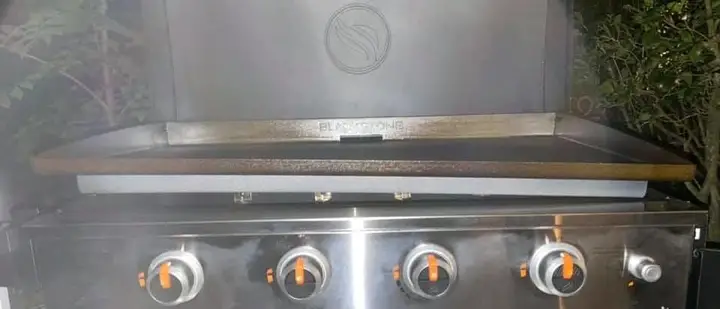
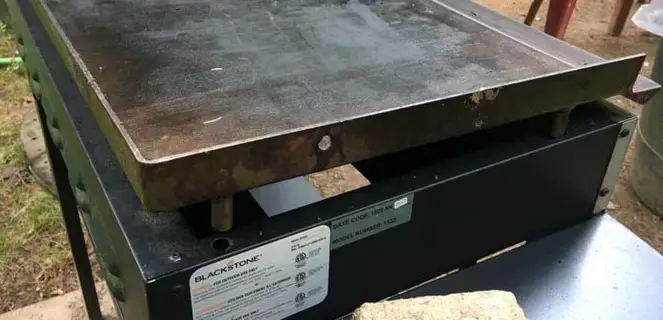
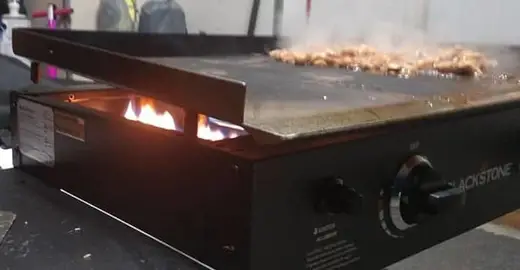
If this does occur, it will frequently work itself out, but many people have had to get a new cooktop to replace the warped one. If you do need a new griddle top, reach out to the manufacturer.
The best way to avoid this is to start your griddle on low and allow it to heat up before raising the temperature further.
Final Thoughts
Cooking on your gas griddle is lots of fun and allows for some amazing meals. Hopefully, you’ve picked up some helpful pointers you can use from our list of tips & tricks.
There are many ways to make cooking on a flat top grill easier, and these are just a handful of them. Check out the rest of our education section on Griddle Sizzle for more helpful articles!

